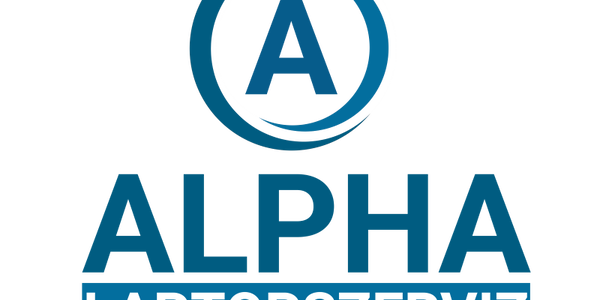- Akciófigyelő: Humble Games Bundle - Nightdive FPS Remasters
- Call of Duty: Modern Warfare III - Új szezon, újabb ingyenes hétvége jön
- Hunt: Showdown - Jön az engine csere, befutnak az újgenerációs verziók
- Steamre tart a Crime Boss: Rockay City
- The Witcher - Befutott a TV sorozat folytatásának első rövid kedvcsinálója
Új hozzászólás Aktív témák
-

Sk8erPeter
nagyúr
válasz
 liksoft
#9305
üzenetére
liksoft
#9305
üzenetére
 Köszi a helyreigazítást!
Köszi a helyreigazítást! 
(#9307) audi100td: low-level format vagy zero fill? [link]
"When most users today talk about "low-level formatting" a drive, what they are really talking about is doing a zero-fill. That procedure will restore a functional drive (that is, one that does not have mechanical problems) to the condition it was in when received from the factory.""modern drives do not need to be low-level formatted by the end user, and in fact cannot be LLFed outside the factory due to their precision and complexity. However, it seems that the need to LLF hard disks on the part of users has never gone away. Like some primordial instinct, many PC users seem to have a fundamental desire to LLF their modern disks. Maybe it is built into the genetic code in some way yet undiscovered. ;^) In fact, even if it were possible, the vast majority of the time that someone "needs" to LLF a hard disk today, it is not really necessary. Many users jump quickly to wanting to try an "LLF" whenever they have a problem with their hard disk, much the way many jump to re-installing their operating system whenever it gives them trouble.
Hard drive manufacturers have created for modern drives replacements for the old LLF utilities. They cause some confusion, because they are often still called "low-level format" utilities. The name is incorrect because, again, no utility that a user can run on a PC can LLF a modern drive. A more proper name for this sort of program is a zero-fill and diagnostic utility. This software does work on the drive at a low level, usually including the following functions (and perhaps others):
Drive Recognition Test: Lets you test to see if the software can "see" the drive. This is the first step in ensuring that the drive is properly installed and connected.
Display Drive Details: Tells you detailed information about the drive, such as its exact model number, firmware revision level, date of manufacture, etc.
Test For Errors: Analyzes the entire surface of the hard disk, looking for problem areas (bad sectors) and instructing the integrated drive controller to remap them.
Zero-Fill: Wipes off all data on the drive by filling every sector with zeroes. Normally a test for errors (as above) is done at the same time."Sk8erPeter
Új hozzászólás Aktív témák
- Videoteszt Segítség, elromlott a merevlemezem!
- Házi barkács, gányolás, tákolás, megdöbbentő gépek!
- AMD K6-III, és minden ami RETRO - Oldschool tuning
- Kerti grill és bográcsozó házilag (BBQ, tervek, ötletek, receptek)
- Galax GeForce RTX kártyák jönnek a szűkösebb házakba
- Kínai, és egyéb olcsó órák topikja
- Xiaomi Mi 9 SE - csúcsimitátor
- Metal topik
- Házimozi belépő szinten
- Energiaital topic
- Vezetékes FÜLhallgatók
- További aktív témák...
- Crucial X9 Pro 2TB Portable SSD USB 3.2 - Új, Bontatlan - Read-Write 1050-1050 MBs - Eladó!
- Olcsó 120-256GB SSD-k eladók!
- Crucial T500 PRO 2 TB M.2 NVME PCI-E 4.0 x4 - Új, Bontatlan, Hűtőbordás - 7400-7000 MBs - Eladó!
- Netac NV7000 4TB M.2 NVME PCI-E 4.0 x4 - Új, Tesztelt - 7200-6850 MBs - Eladó!
- 2,5-es SSD/HDD keret Lenovo M70Q gen3-ba (p/n: 5M11C16880)
Állásajánlatok
Cég: Promenade Publishing House Kft.
Város: Budapest
Cég: Alpha Laptopszerviz Kft.
Város: Pécs


 Köszi a helyreigazítást!
Köszi a helyreigazítást! 


